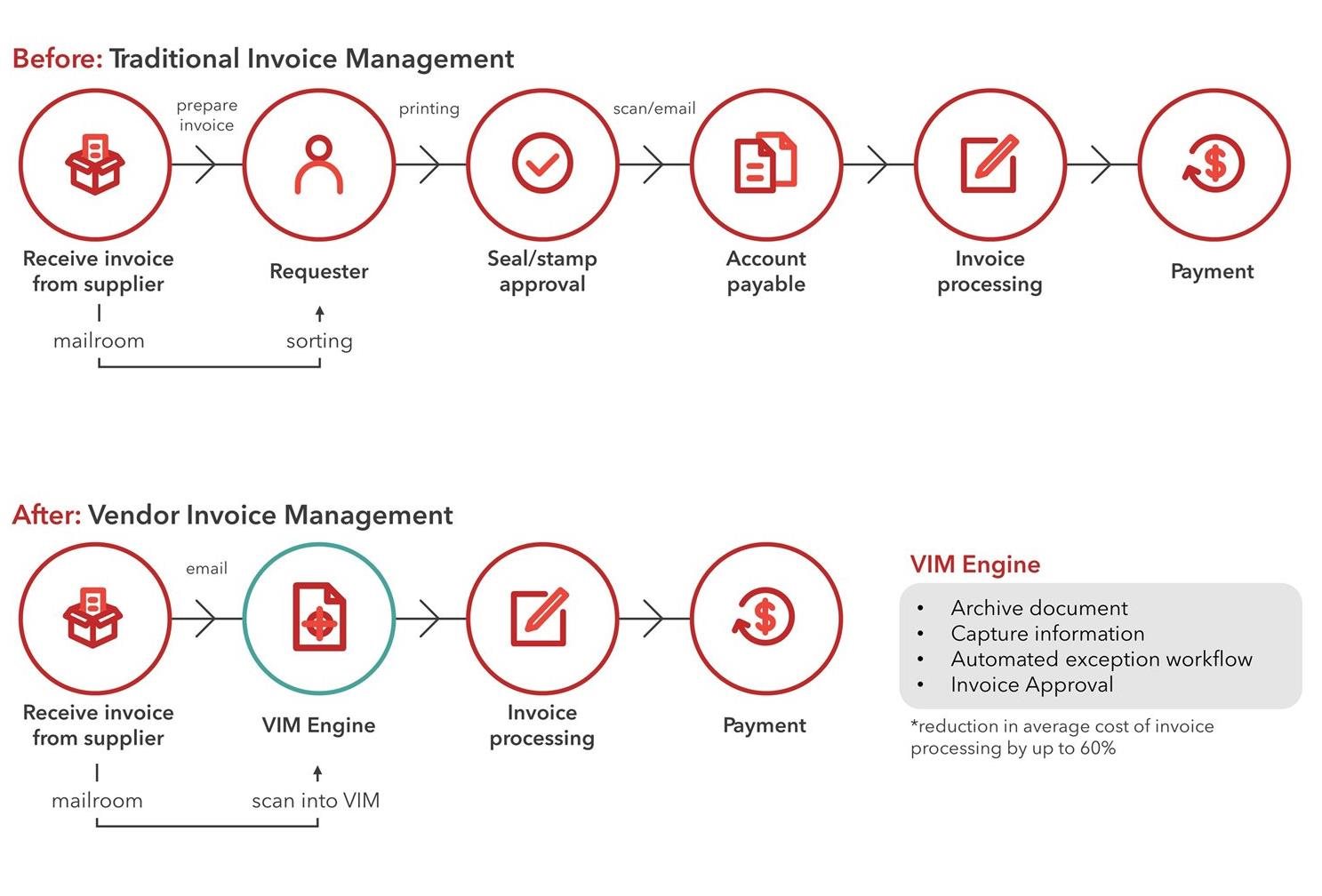Managing Vendor Invoice
At the vendor invoice stage, the accounts payable department receives an invoice from the vendor for the goods received or services rendered.
During this stage, accounts payable personnel typically perform a three-way match to compare the purchase order, receive the report, and vendor invoice to confirm that these three documents have the same information on the price, quality, terms, etc.
Each requires additional time and effort to rectify should there be any discrepancies. The accounts payable personnel has to investigate the differences between the vendor, the receiving department, or the original purchaser. If all three documents match, the vendor invoice can be sent for final approval by an approving manager (or marked for payment if the amount falls within the pre-approved spending levels).
With most organisations using double-entry bookkeeping, approved invoices are marked as paid and recorded as journal entries in the appropriate sub-ledger of the general ledger once the accounts payable team issues a cheque or an electronic payment to the vendor.

